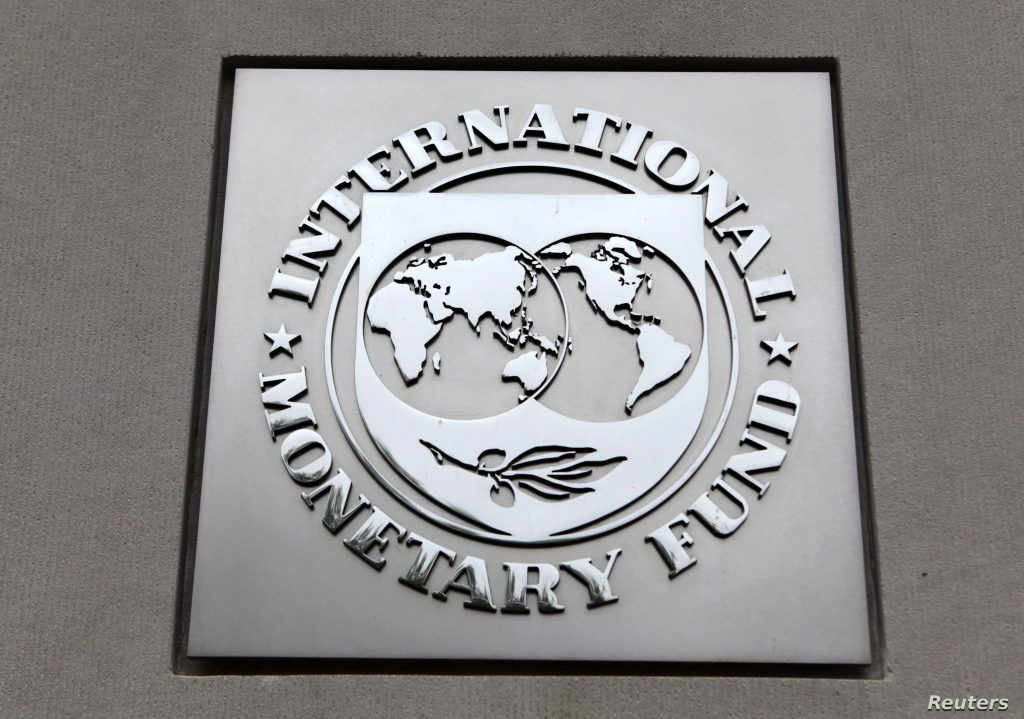Share!
The International Monetary Fund (IMF) has projected that with further policy adjustments expected, median inflation will decline slightly in Nigeria, Angola and Ghana, but noted that headline inflation will remain substantially higher in oil exporting countries of Sub-Saharan Africa (SSA) than in the rest of the region, in 2025.
In the latest IMF Regional Economic Outlook (REO) for sub-Saharan Africa, entitled, “Reforms Amid Great Expectations,” the multilateral lender which projected a 3.2 per cent GDP growth for Nigeria in 2025, said ongoing reforms in the SSA region were bearing fruits, although macroeconomic vulnerabilities persist.
According to the report, GDP headline inflation is expected to continue on a downward trajectory.
“The regional GDP-weighted headline inflation is projected to decline substantially, from 18.1 per cent in 2024 to 12.3 per cent in 2025, with significant decreases
“in Angola, Ghana, and Nigeria. median inflation will decline slightly, from 4.7 per cent to 4.5 per cent. However, inflation will remain substantially higher in oil exporters than in the rest of the region.
Angola, Cameroon, Chad, Congo, Equatorial Guinea Gabon, Nigeria, and South Sudan are oil exporting countries in Sub-Saharan Africa. Nigeria’s inflation rate for September 2024 stood at 33.4 per cent.
The report stated that policy adjustments have helped reduce internal and external imbalances as policymakers have tightened monetary policy to curb inflation.
The IMF explained that as a result of the measures, inflation is declining in most countries, adding that in about one-half of countries, inflation is already below or within the target band.
According to the IMF, fiscal consolidation efforts are helping to rebuild buffers and ensure debt sustainability. More than two-thirds of countries have consolidated their fiscal accounts in 2023, with the median primary fiscal deficit narrowing by 1.3 percentage points of GDP (including notable improvements in Côte d’Ivoire, Ghana, and Zambia among others).
Noting that Sub-Saharan Africa is navigating a complex economic landscape marked by both progress and persistent macro-economic vulnerabilities, it pointed out that countries in the region were trying to implement difficult and much-needed reforms to restore macroeconomic stability in the aftermath of repeated negative shocks and the ensuing need for support.
Overall, internal and external imbalances have started to narrow, mainly reflecting policy adjustments, but the picture is varied; about one-half of countries still exhibit high imbalances, the IMF said.
While monetary tightening has curbed inflation, which is within target in about half of the region, it added that significant fiscal consolidation has stabilised the average debt-to-GDP ratio, albeit at a high level.
